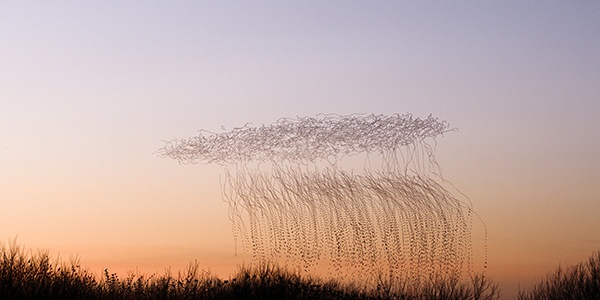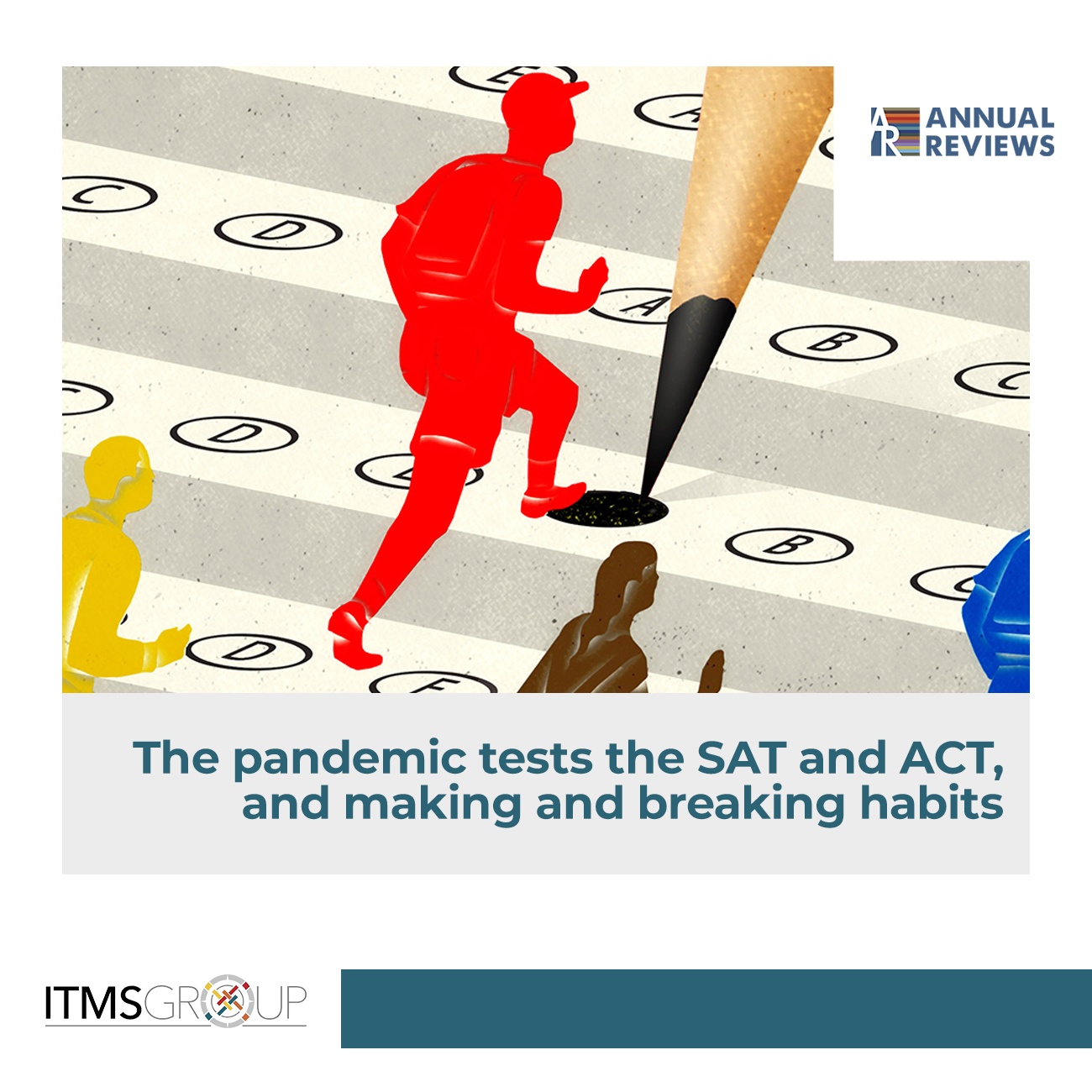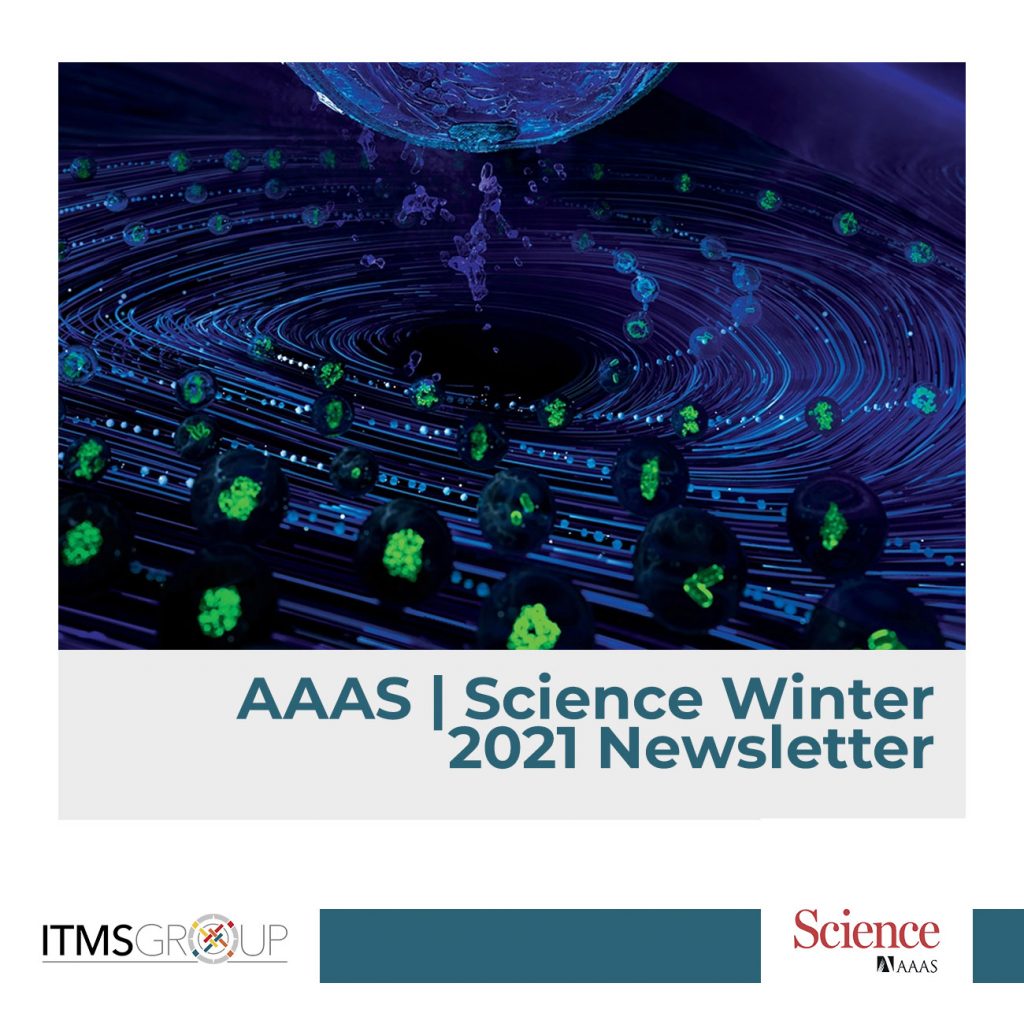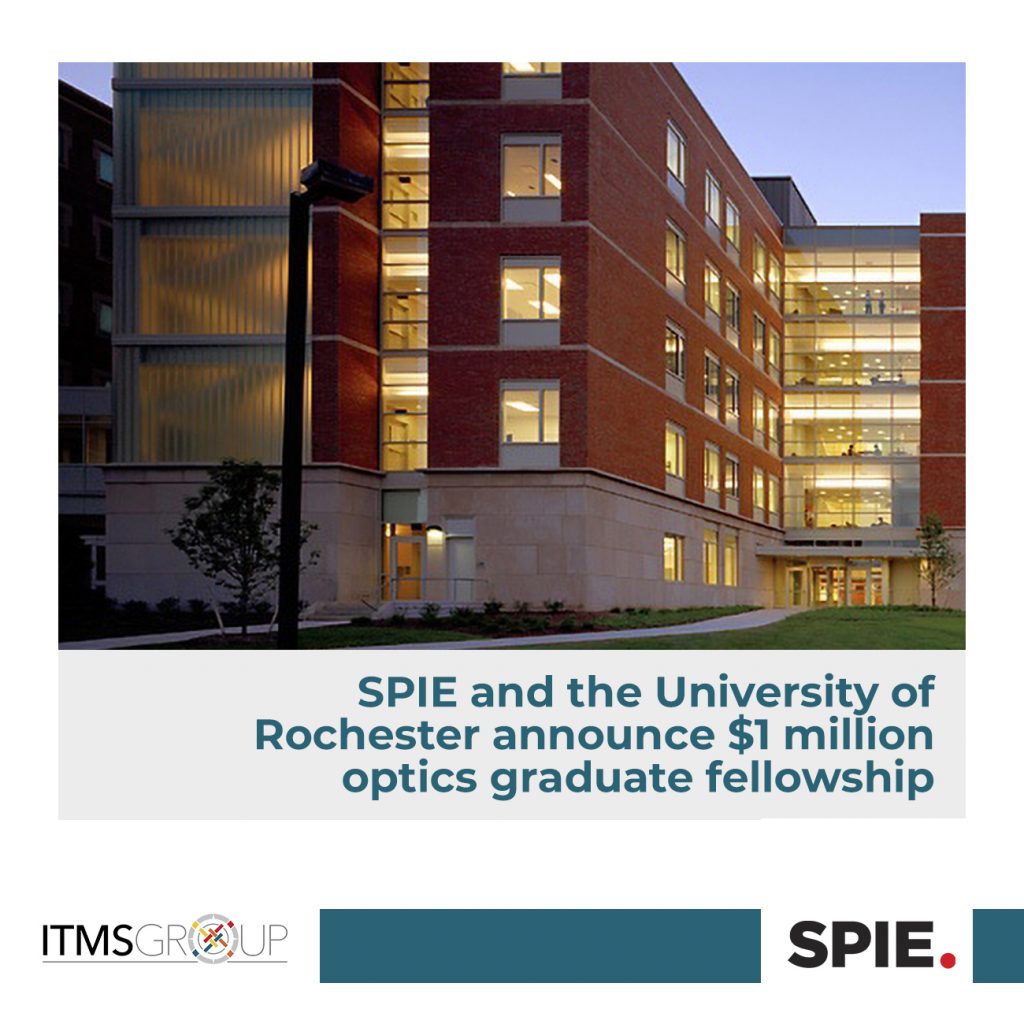Pencils down: The year pre-college tests went away
Many colleges and universities stopped requiring the SAT and ACT during Covid. Will they go back to testing in the future? Select: (a) Yes (b) No (c) Depends (d) Not enough information.

The story of families, wrested from big data
Records tell the story of the decline of the patriarchy, the rise and fall of marrying young, and pandemic fallout; digitizing the data could reveal even richer tales.
 Demographers tackle Covid-19
Demographers tackle Covid-19
What they learn could help steer the future of public health

The science of habits
If you’re trying to break a bad habit or start a good one, psychologists have some tips

Educators: We need to hear from you. Knowable Magazine is conducting a survey to learn more about how we can help teachers with lesson planning, course materials and more. Please take this 8-minute survey to show us how we can help. (As a thank you, we’ll enter you in a free prize drawing for an iPad.) Share with your friends and colleagues to help us spread the word!
From the archives
We’ve all thrown out “expired” food, but this practice hits our wallets and the environment hard — and often has no basis in science. Read Alissa Wilkinson’s story on America’s food waste problem at Vox and, with our video, learn more about sell-by dates and research efforts to detect food that’s truly gone bad.

Sell-by dates | Things to Know
VIDEO: Time stamps on packaging prompt consumers to toss a lot of food, but what do they actually say about safety?
What we’re reading |
|
Emergency medicin’s emergency In many states, paramedics were not on the list of healthcare workers prioritized for Covid-19 vaccines. That’s just one knock dealt to emergency medical workers, writes Marion Renault in the Atlantic. Despite being tasked with making life-or-death decisions, emergency medical service workers are often undervalued, viewed as glorified taxi drivers, and they get little in the way of pay and support. Unsurprisingly, the profession has high rates of burnout, a problem that hurts us all. Agree to disagree The Wright brothers were world-class inventors, but that doesn’t mean they always got along: They could bicker and row terribly. Were those arguments one secret of their success? For Aeon, Ian Leslie makes the case that modern society is in danger of losing the grand Socratic tradition of debate, exploring why that may be and its potentially dismal repercussions. (The story’s comments section already has a bit of arguing, perhaps to Leslie’s delight.) A pivot point on climate “We need a new word for that feeling for nature that is love and wonder mingled with dread and sorrow, for when we see those things that are still beautiful, still powerful, but struggling under the burden of our mistakes.” In an essay in the Guardian, Rebecca Solnit describes her mixed feelings upon seeing bears during a river rafting trip, animals that were likely near the water to escape scorching heat. Such moments of reckoning can lead to turning points in how we view climate change and our acceptance of the status quo, says Solnit. These days, there are plenty of moments to choose from: forest fires, droughts, hurricanes and heat domes. But personal turning points are not enough; Solnit makes the case that we need a collective reorientation and need it now. |
Art & science
Starling swirls

Efforts to restore wetlands and meadows in northern England have also brought back starlings (Sturnus vulgaris), birds known for their mesmerizing, coordinated movements called murmurations. Research suggests that the smears, tornadoes and squiggles formed by the birds’ flight patterns may help deter predators, but sometimes the starlings are just coming in for a landing: Here a flock settles in bursts as each bird claims a roost.
Physicist-turned-photographer Kathryn Cooper combines old and new to capture these flights of fancy. She films the birds in high resolution (4K) and then uses algorithms to splice and select compelling frames, a modern take on the 19th century technique called chronophotography. “I’m interested in the transient moments when chaos briefly changes to order, and thousands of individual bodies appear to move as one,” Cooper says. See more in a photo-essay at bioGraphic.





